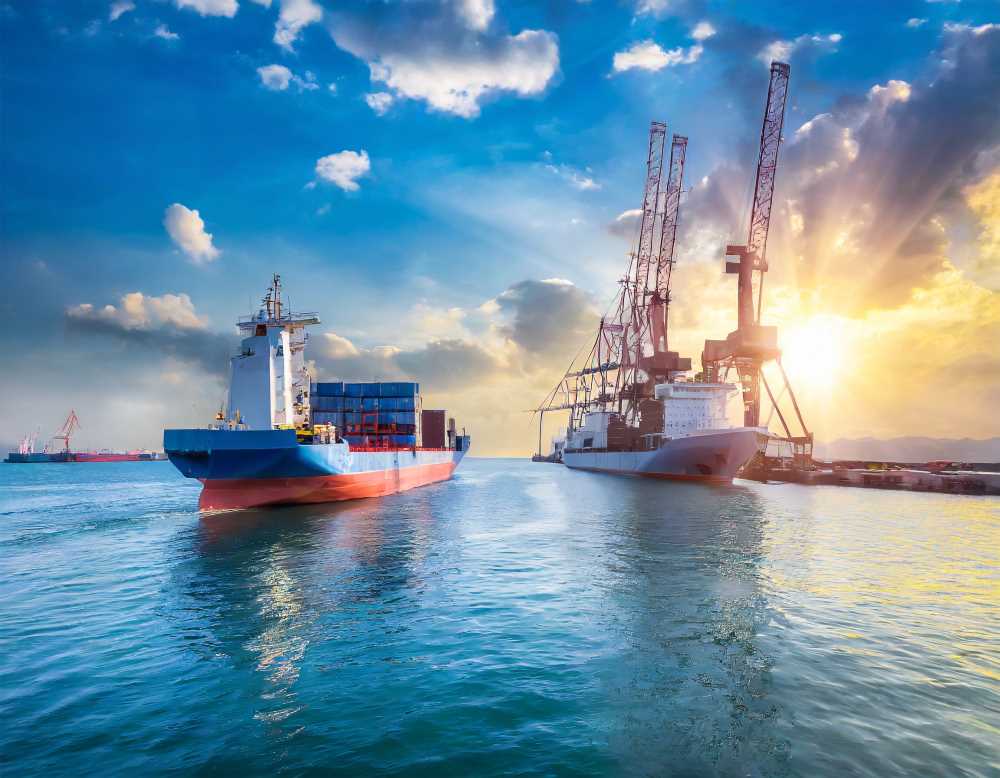The Revival of the Punta Colonet Port Project in Baja California
Baja California rekindles the $25 billion Punta Colonet port project after 2 decades. This colossal initiative includes six state-of-the-art terminals and a 310 km rail network, poised to transform trade and invigorate the region's diverse export sector.

In a bold and strategic move, the Government of the State of Baja California has dusted off a visionary project that lay dormant for over two decades. The Punta Colonet port project, first proposed in 2006, is set to become a reality, with a promising outlook that could reshape the landscape of maritime trade and investment in the region.
The magnitude of this endeavor is truly staggering, as the Punta Colonet project, set to unfold in three ambitious stages, will require a colossal investment of at least 25 billion dollars. According to José Saúl de los Santos Gómez, the Undersecretary of Economic Planning of the BC Ministry of Economy and Innovation, “Several preliminary engineering studies have been done, as well as environmental impact studies. So far, the progress of the studies is quite good.”




